10 Mothers-in-Law Who Carry Drama With Them Like It's a Family Heirloom

You’re standing on the bridge of your super-modern spaceship. Today, your mission is to fly to the uncharted areas of space. You travel past beautiful nebulae, spinning pulsars, and black holes. Soon, you’ll arrive at the planet where life might exist in the most unusual forms. You’ll “shake hands” with a strange bug the size of an elephant and maybe even establish diplomatic relations with it. This might happen in the future. For now, humanity is just trying to get farther into space.
People first took to the air in 1783 when French engineers built the world’s first hot air balloon. But it only rose above the ground for a third of the height of the Statue of Liberty. In 1903, the Wright brothers made the first flight in a controlled airplane. Since then, people have been reaching higher and higher. These days, modern airplanes can climb to an altitude of 8 miles! It’s like 34 Empire State Buildings stacked one on top of another.
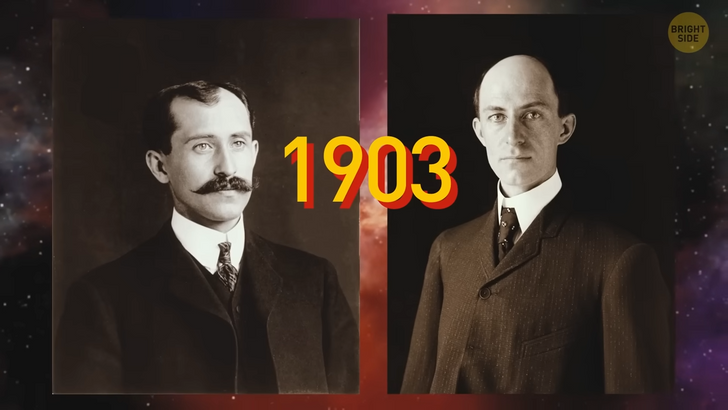
In 1931, people finally got to the stratosphere. A Swiss physicist and his assistant used a hot air balloon to reach a record height of 9.8 miles above Earth’s surface. They were the first people in the world to observe the curvature of the planet’s horizon.
Thirty years later, the first person flew to space. It was Yuri Gagarin. He launched from Earth and reached a low Earth orbit in about 10 minutes. The maximum altitude of Gagarin’s spacecraft was about 203 miles. That’s almost like the distance from Los Angeles to Las Vegas. The first cosmonaut traveled over the night side of Earth, flew over America, and successfully landed 108 minutes later. Nowadays, the distance of 250 miles into outer space is nothing. At this altitude, the International Space Station orbits Earth. Astronauts from all over the world stay there at all times.
In 1969, Apollo 11 set a new record for the most distant flight to space. Its crew flew about 238,600 miles to the Moon and landed successfully on its surface. The mission stayed on the satellite’s surface for about 21 hours. Then the crew successfully returned home. A year later, this distance record was broken by the Apollo 13 mission. It looped around the Moon and returned to Earth. At the farthest point, the astronauts were more than 248,000 miles away from home. That’s like circling the globe 11 times. It’s still the longest distance people have ever traveled in space.

But we intend to break that record by flying to Mars. Once every few years, Earth and Mars line up in such a way that the distance between these planets is 34 million miles. If there was a highway from Earth to Mars, it would take you about 62 years to get there by car. A trip by spaceship would take about six to eight months. When we get there, humankind will become multi-planetary. And that will be a new space travel record. For now, people have to rely on different probes to gather all the necessary information.
For example, the Parker Solar Probe was sent from Earth directly to the Sun. It flew a distance of 1 astronomical unit to its destination. That’s about 93 million miles. The probe has already made several circles around the Sun and Venus. But the Sun’s gravitational pull is so strong that the probe’s speed is now more than 330,000 miles per hour. That’s 13 times faster than the speed of the average rocket.
Another probe, Voyager 1, holds the title of the most distant object created by people. The probe, which weighs as much as a large motorcycle, was launched in 1977. After a year of flight, it reached the asteroid belt beyond the orbit of Mars and headed toward Jupiter. The probe took several pictures of the gas giant and flew toward Saturn. After visiting all these planets, Voyager 1 set a course for interstellar space, planning to leave the Solar System.
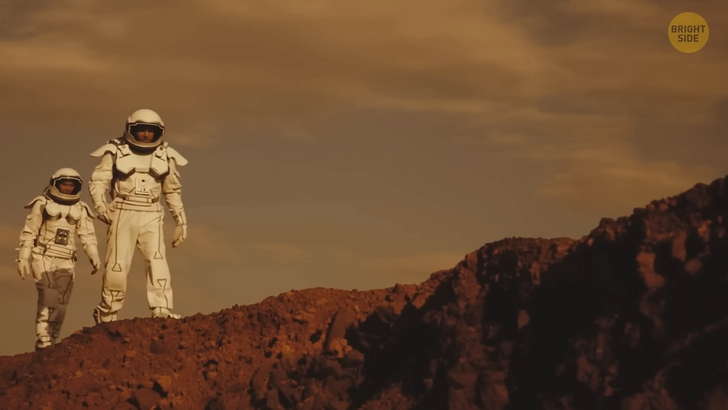
By 2004, the probe had traveled about 94 distances from the Earth to the Sun. That’s where you can find the boundary of the Solar System, the so-called Heliosphere. Here, the solar wind slows down below the speed of sound. This creates a shock wave. It nearly tore Voyager 1 apart. But luckily, the probe survived and continued on its way. In 2012, Voyager 1 finally left our Solar System and is now flying toward the star Gliese 445. It’s supposed to reach it in 40,000 years.
Voyager 1 has a twin brother, Voyager 2. Though the second probe was launched earlier, it left the Solar System six years later. In 300 years, Voyager 2 will reach the inner edge of the Oort cloud. This is a cluster of small asteroids and space bodies around our Solar System. In 40,000 years, Voyager 2 will pass the red dwarf Ross 248. And in almost 300,000 years, the probe is supposed to come close to Sirius — the brightest star in the night sky.
Perhaps the Voyagers can make contact with another civilization and pass them the message they carry on their golden disks. The discs contain greetings in 55 languages and music from different cultures and countries. There’re also sounds of the ocean, bird songs, chirping of insects, and different animal sounds.
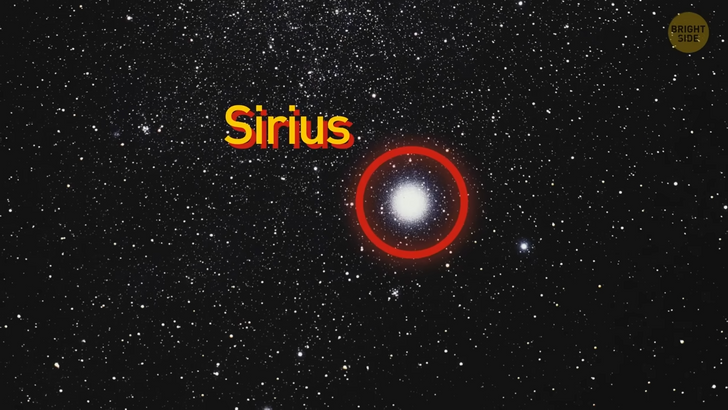
There’re also 116 images that may help other civilizations understand the composition of Earth’s atmosphere and the structure of human DNA. Some images are just landscapes from our planet: deserts, mountains, islands, and rivers. Anyway, to make humans a multi-planetary species, we would need to go to Mars. It’d take less than a year. But if people decided to become an interstellar species, we’d have to travel to Proxima Centauri. It’s the closest star to our Sun.
Light from this red dwarf reaches Earth in a bit more than 4 years. But if you decided to use good old rocket engines, the journey would take you about 73,000 years. The key to long-distance travel is speed. People would need to scrap the traditional rocket engines and come up with something new. Some scientists say we might reach Proxima Centauri before the end of this century.
To do that, people will create a microprobe that will be smaller than a fingernail. It’ll be launched into space. And then a powerful laser beam from Earth will push the probe forward, allowing it to reach 20% of the speed of light. In this case, the probe’s journey to the nearest star will take about 20 years. But even after its arrival, radio waves with the probe’s signal will reach Earth with a delay of 4 years. But if we could travel at the speed of light, how far would we get?
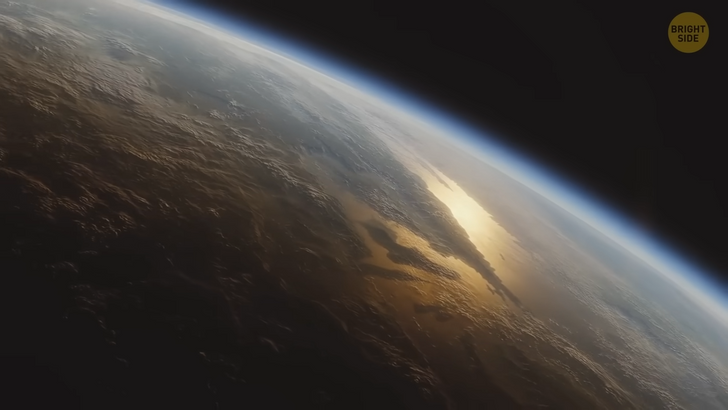
Here’s the Milky Way. It would take over 100,000 years to travel from one side of its spiral to the other. And if you bought a ticket to the Andromeda Galaxy, the journey would take you 2.5 million years. About 100 million years of traveling at the speed of light, and you’d leave the Virgo Supercluster. All the little dots you’d see there are actually huge galaxies containing billions of stars. One billion years on the road, and you’d be in the Neighboring Superclusters. Now, these dots are actually superclusters with billions of galaxies!
14 billion years of traveling, and you’d reach the edge of the observable universe. This is the maximum distance Earth’s telescopes can see. There are about 2 trillion galaxies within these boundaries. Each galaxy may have stars like our Sun. Around each star, there’s a habitable zone, a sweet spot where water can exist in its liquid form. That gives a chance for life to appear there. People would love to find this life and make contact with it. But the distance of billions of years of traveling makes that impossible.
There’s a theory that people can travel billions of light-years away using wormholes. Imagine that space-time is a piece of paper. Our Milky Way Galaxy is on one side, and an unknown galaxy is on the other. A straight path would take billions of years. But if you fold the paper in half, these two worlds will be right next to each other. And you’ll be able to get there through some kind of a hole — a wormhole. It warps space-time, which can allow people to become a multi-galactic species!
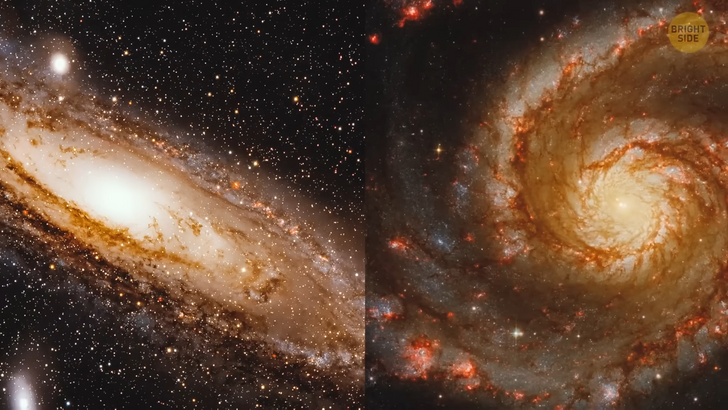
Some scientists say there may be wormholes inside black holes. These are the most mysterious and massive objects in the Universe. They’re so heavy that they can also warp the fabric of space-time. One minute near a black hole could be a week or a month on Earth. Perhaps if a spacecraft could withstand such a wild gravitational force and get into the heart of a black hole, it’d pop out of the other end of the wormhole. It could be somewhere in another part of our galaxy! Or another galaxy. Or it could be a parallel universe.
The closest black hole to Earth is 1,500 light-years away. It’s called “the Unicorn.” It weighs about the mass of three Suns. It means the thing is very small compared to other black holes. Some of them can weigh 6.5 billion solar masses!











